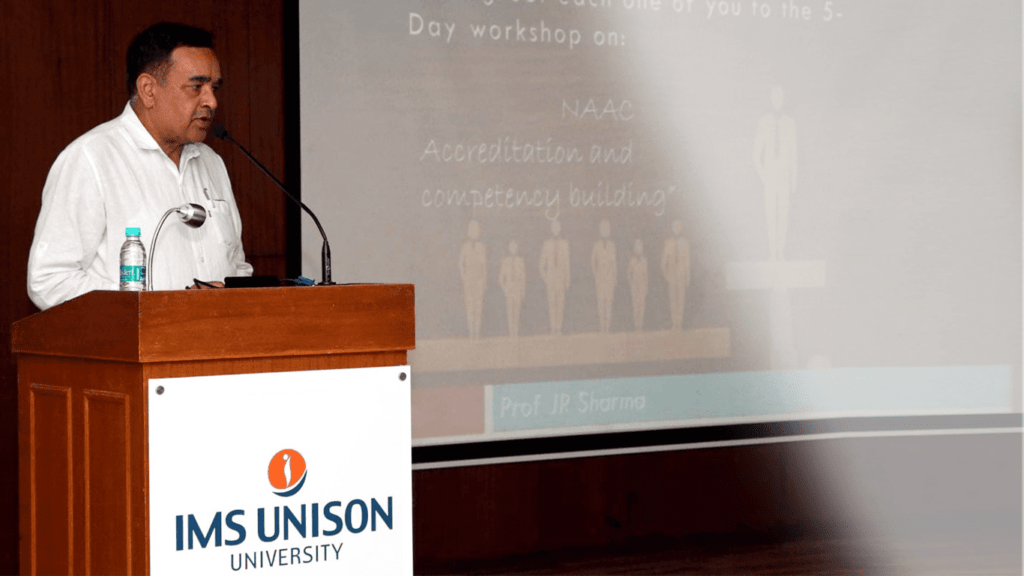The world has since changed for the private education institutes of higher education which found their names in the list of institutes granted autonomous status by the Government. These institutes have substantially broken-free from the regulations of various regulatory bodies which had long impeded the institutes’ freedom to grow and thrive.
The special status allows institutes take big decisions towards an exponential growth. They can start new courses, new departments, new programs, off campuses, skill courses, research parks, appoint foreign faculty, take foreign students, offer variable incentive packages, introduce online distance learning, and get into academic collaboration with top five hundred universities of the world without going into the painful process of approvals of the Regulatory bodies.
Not going into the merit of the decision of the MHRD in keeping only the NAAC score as the decisive criterion for granting an autonomous status, the stark fact is, that NAAC has suddenly shot up into an prominence, notwithstanding that some of the government universities have expressed apprehensions on their futuristic funding. While private institutes have every reason to celebrate, an all-important question therefore is, how to score at least 3.26 out of 4 point system in the NAAC accreditation.
The list of competency and capacity-building for attainment of the desired score is indeed long. Slim-cutting all, here is a 5-point short brief on what could make institutes attain, the attainable.
- Let the decision to go for NAAC get a full backing of the governing body of the institute in every aspect that includes but not limited to giving sufficient time to develop competencies and capacities in the essential fields of research, motivating, funding, enhancing superior intellectual capital and establishing academic & research infrastructure. In normal circumstances, where systems and processes have not yet matured, the governing body should provide not less than two years to the Steering Committee/IQAC to reach the desired readiness level.
- Immersion of VC/Director and the Dean/Heads of Departments into the system is utmost necessary. If they slacken, the faculty under them will get de-motivated. If they don’t get involved, they will not be able to demonstrate the attainments to the Peer team. Accreditation needs compelling engagement of not just the Steering Committee/IQAC but also the leadership and the concerned departmental faculty. It is a team work, for sure.
- Since NAAC SSR is largely an online data-driven process, an accuracy of data on AISHE, Extended Profile, Basic data, DVV metrics and IIQA is of paramount importance to avoid deviation. It is equally important to create competency on each qualitative metric, well in advance.
- NBA accreditation of institute’s programs before the NAAC accreditation does immensely help. Programs of an institute are like pillars and columns of a concrete structure. If your institute has done well in NBA accreditation, the credibility of the institute stands demonstrated. The outcome-based education system which is also one of the highest scoring NAAC requirements, gets well immersed into the academic system during the NBA accreditation. In particular, the Direct and Indirect Assessment, the most complex part of the system, needs to be implemented by every subject-faculty before you go for the NAAC accreditation.
- Institutes need to study and interpret each metric very carefully, and must take advantage of some high scoring easily attainable metrics as well as, pick up carefully unsuitable and unrelated/ill-framed metrics worth 50 points weightage to opt out of them.
Prof JR Sharma is an accreditation expert, mentor and consultant. The views expressed are personal.












